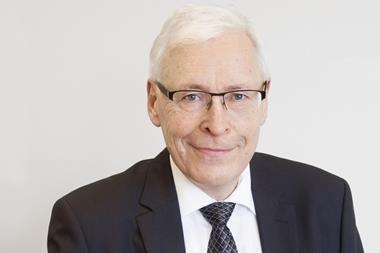In Finland, the provision of statutory employment pension cover in the private sector has been designated to private pension institutions. The types of competing pension institutions are pension foundations, pension funds and employment pension insurance companies. Additionally, the employment pension insurance companies compete with each other for clients.
Objectives of the decentralised system
In the view of the Association of Pension Foundations in Finland, the objectives of the decentralised provision system are as follows:
q the provision of high-quality services for those taking out insurance and for the insured, at a reasonable price;
q the provision of high-quality services at a reasonable price, in turn, requires that the pension institutions function efficiently;
q efficiency can be enhanced by increasing competition;
q in consequence, those taking out insurance should be able freely to choose the pension institution or the type of pension institution;
q an employer who is dissatisfied with how pension security is provided can freely change to another pension institution or another type of pension institution without incurring economic loss.
Present problems with the decentralised provision system
According to the current legislation, those taking out insurance usually cannot change to another pension institution or to another type of pension institution without incurring economic loss. The only exception to this occurs when the party taking out insurance transfers from a pension foundation to some other pension institution. In this instance, the party does not incur economic loss because the pension liabilities concerned, the funds needed to cover this pension liability, and the working capital are always transferred to the new pension institution. In other words, transfers of this kind do not apply to other pension institutions.
Studies and correction measures carried
out so far
Development of competition in the provision of statutory employment pension cover, as stipulated by the Employees’ Pensions Act (TEL), received broader attention for the first time in the committee report, entitled ‘Työeläkelaitokset ja pk-yritysten pääomahuolto’ (Employment pension institutions and the capital management of SMEs), which was completed in 1998.
A two-person investigation team strove in more detail to analyse competition in the provision of statutory employment pension cover. Their report was completed in January 2000. To continue the analysis of competition in the provision of statutory pension cover, the Ministry of Social Affairs and Health appointed a committee in October 2000.
The committee has been assigned the tasks of analysing and compiling proposals for further measures on the following issues:
q establishment of a new pension institution;
q proposals concerning the development of common grounds for all pension institutions;
q proposals concerning employment pension insurance companies;
q increasing information and transparency in the operations of pension institutions, revision of the regulations governing how the transfer of the insurance stock is monitored, and
q co-operation among pension institutions and outsourcing of activities.
The committee appointed five subcommittees to explore the sets of issues given above. The subcommittees submitted their reports to the committee in June.
In August, the committee began to discuss the proposals suggested by the subcommittees. At the present time, more specific information as to the committee’s proposals and stands is not available.
The committee’s term comes to a close at the end of this year.














No comments yet